In order to be fully prepared for the FIFA World Cup Qatar 2022, the Public Works Authority (Ashghal) has declared that the final projects in the Abu Samra Border Crossing Project, which include buildings for the customs and inspection platforms for trucks entering and leaving Qatar, as well as some finishing works, will be finished by the end of October 2022.
The port extension construction would more than quadruple the previous capacity by expanding the number of passenger car service lanes from 9 to 24, according to Saad bin Ahmad Al Muhannadi, President of Ashghal.
For his part, the Chairman of the General Authority of Customs (GAC), Ahmed Abdullah Al Jamal, said that the development of the Abu Samra Border Crossing not only serves the preparations for the FIFA World Cup Qatar 2022 but will also contribute to enhancing Qatar’s commercial and industrial activity by facilitating the movement of goods, materials, and people to and from the country through its land port.
He pointed out that internal air-conditioning systems have been added to the buildings of the customs inspection platforms for trucks coming and departing Qatar.
The Director General, Supreme Committee for Delivery & Legacy, Eng. Yasir Al Jamal, said that the development of the Abu Samra Border Crossing integrates with the rest of the projects implemented by the various concerned authorities in Qatar to serve the FIFA World Cup Qatar 2022 in order to provide the fans coming through the land port a smooth and unique experience from the moment they arrive in Qatar.
Meanwhile, the Vice-Chairman of the Permanent Committee for the Management of Abu Samra Border Port, Lt. Col. Muhammad Sultan Al-Mannai, said that the development of the Abu Samra Border Crossing will greatly contribute to facilitating travelers’ procedures and finalizing them smoothly and in a shorter time, as the capacity of the passport and customs buildings will be doubled, and tourist tracks with the provision of a capacity to accommodate 12,000 cars entering Qatar and 12,000 cars leaving Qatar.
The Abu Samra Border Crossing project included developing the passport buildings to serve arrivals and departures, increasing their capacity from 9 to 24 vehicles at the same time, as well as developing the customs building for arrivals, increasing its capacity from 28 to 36 vehicles.
Within the framework of what has been implemented for the service of the World Cup, a passenger hall has been constructed with a total area of 10,000 square meters and a capacity to serve 2,000 visitors per hour for arrivals and 2,000 visitors per hour for departures, in addition to 44 passport and 22 customs inspection platforms.
The temporary parking lots had been expanded from 1,400 to 4,500 to raise the capacity of the tournament fans’ parking spaces with the installation of a parking reservation system.
The project scope of work also included the provision of 48 tourist tracks with a capacity to serve 12,000 cars entering Qatar and 12,000 cars leaving Qatar, in addition to road development works with a length of 4.5 km.
Construction of 1.3 km of sewage networks and 2.5 km of rainwater drainage networks, as well as the implementation of two square kilometers of green space and beautification works for four roundabouts, were among the infrastructure development works.
Additionally, three distinct lanes will be set aside for trucks solely, in addition to providing truck parking lots serving 500 trucks with a total area covering 150,000 square meters. These measures have been taken into account the needs of the port’s users of trucks and heavy vehicle drivers.
The Abu Samra Border Crossing project utilised a lot of locally produced materials, with local products making up more than 70% of the materials used. These commodities included lighting poles, lamps, sign boards, infrastructure pipes, asphalt, prefabricated manholes, and concrete and steel reinforcement.


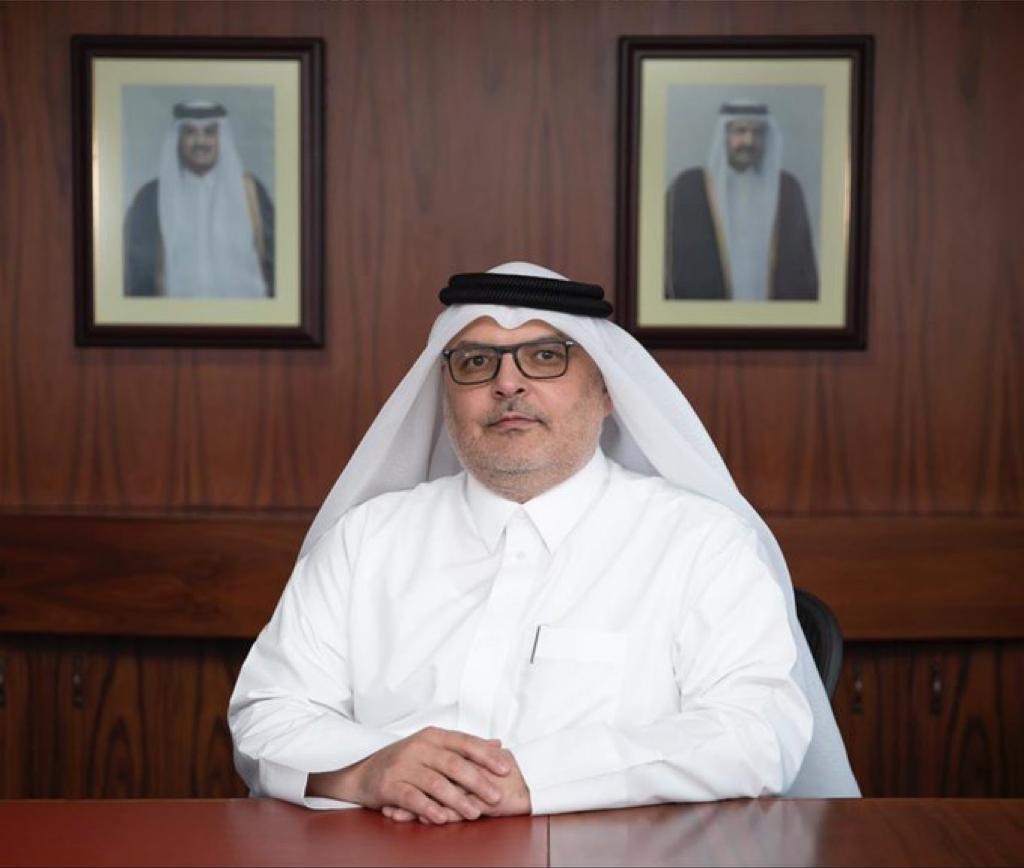
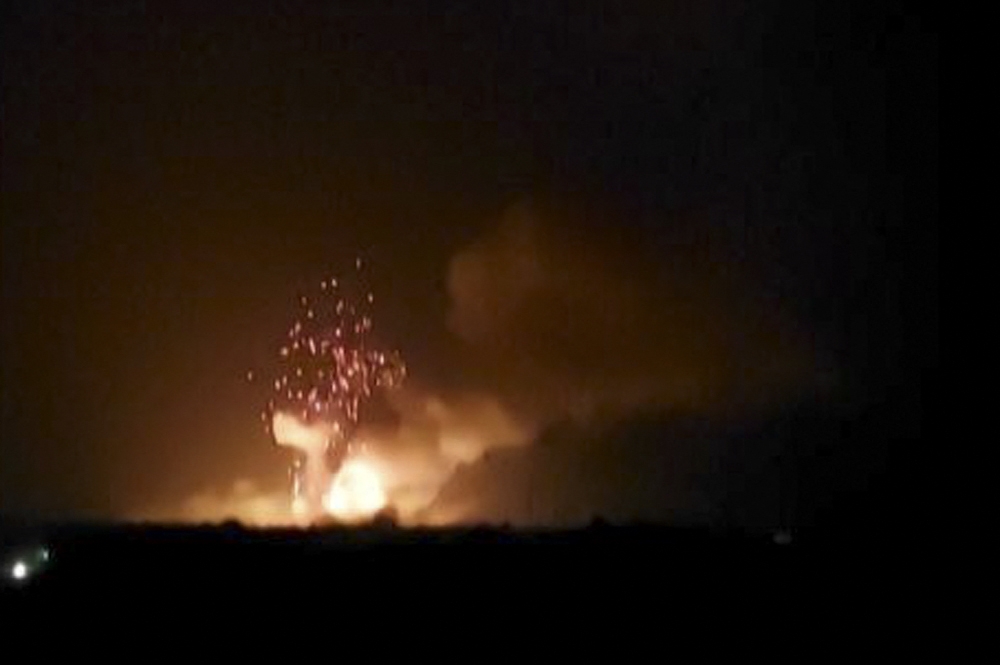
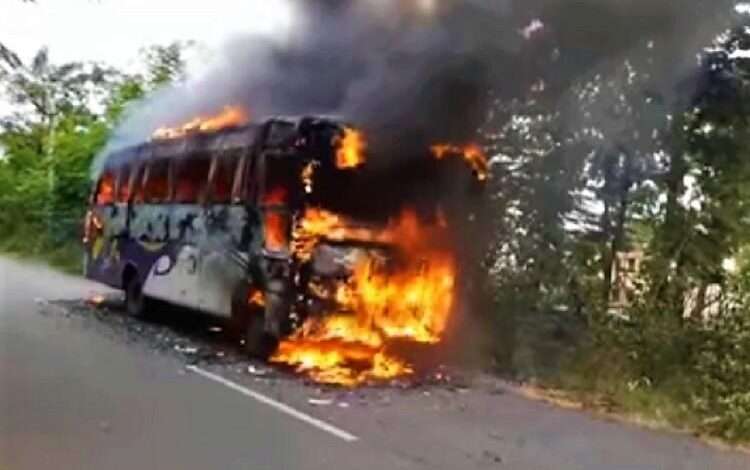
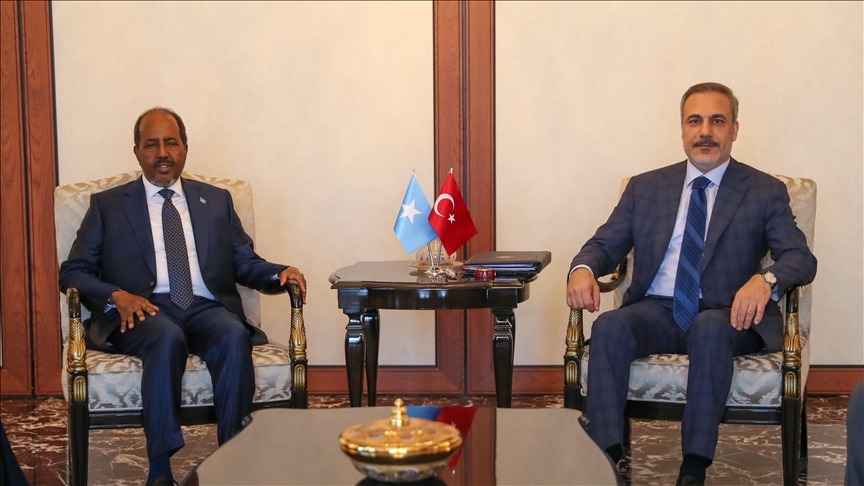
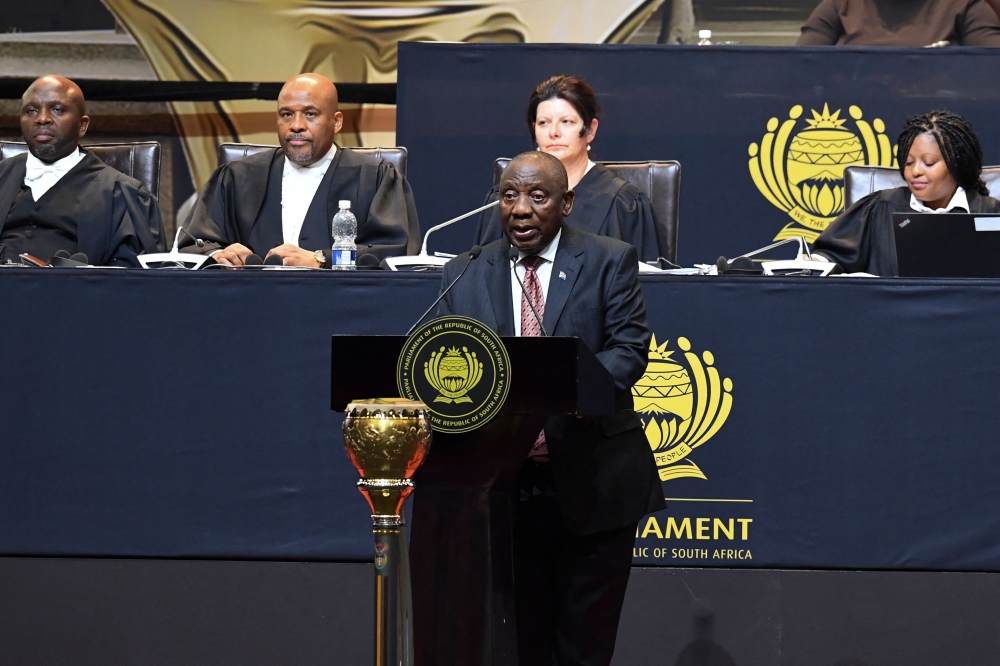
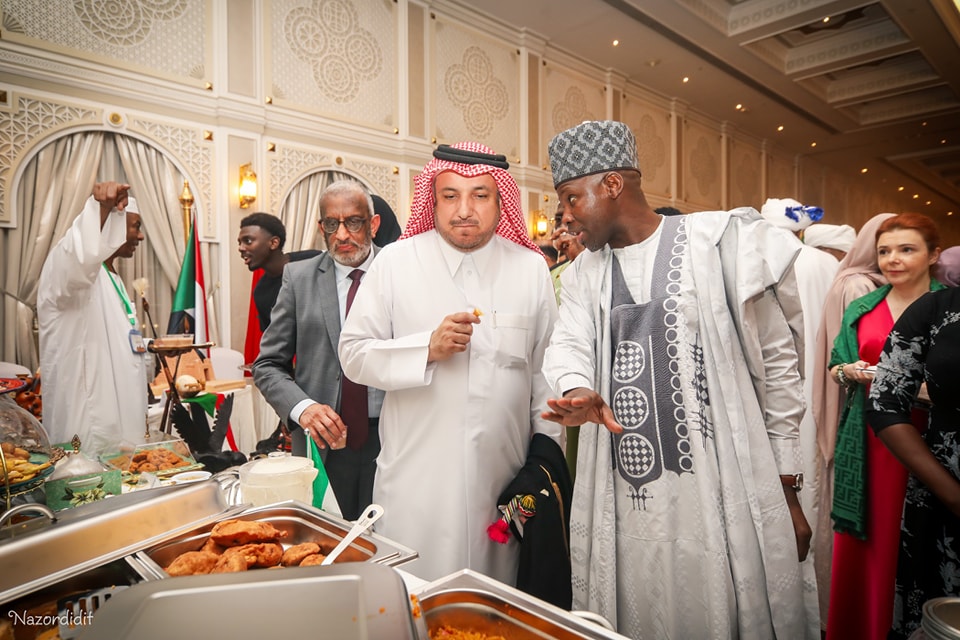
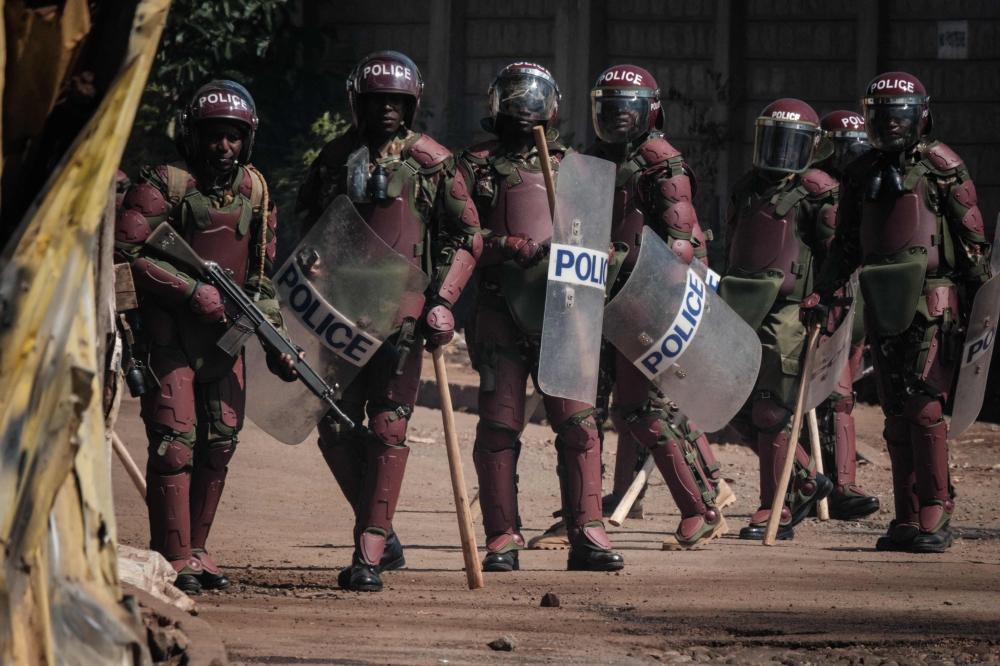
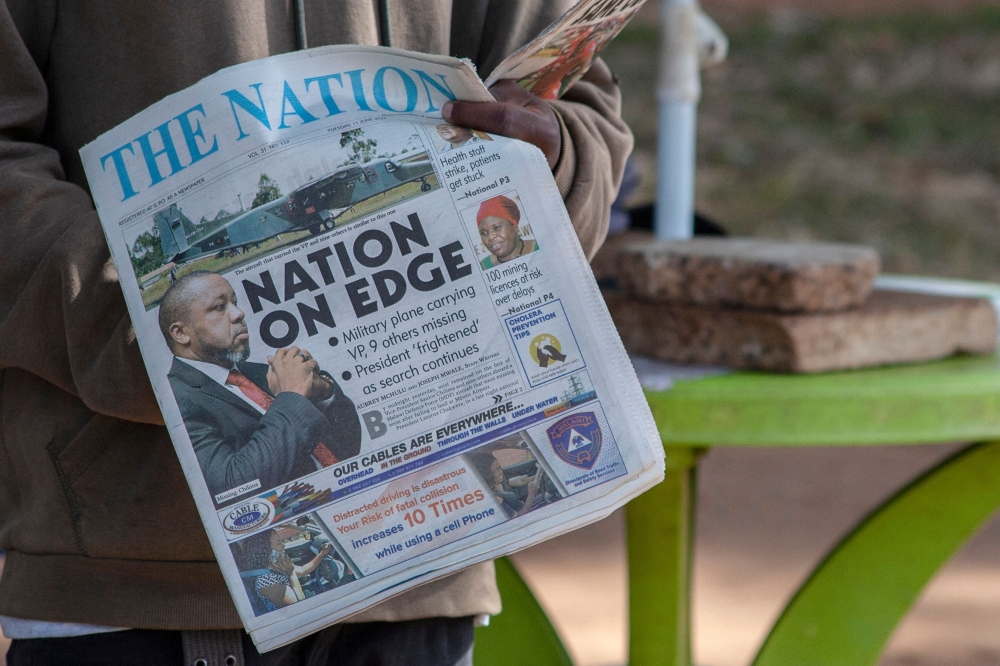
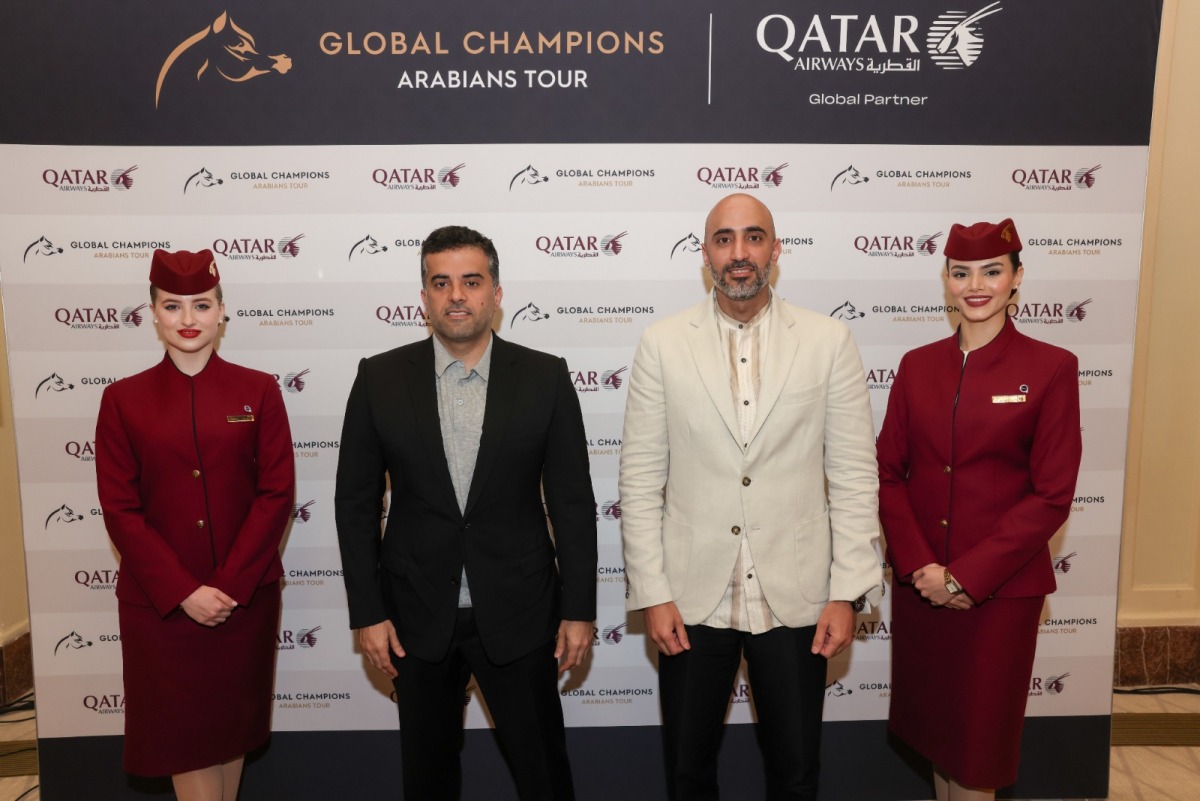
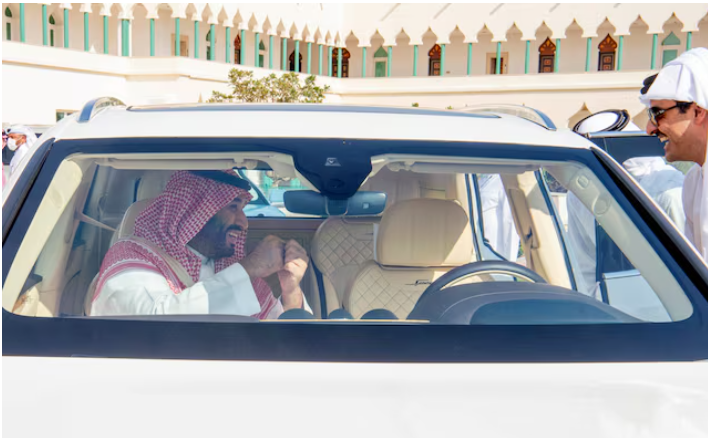
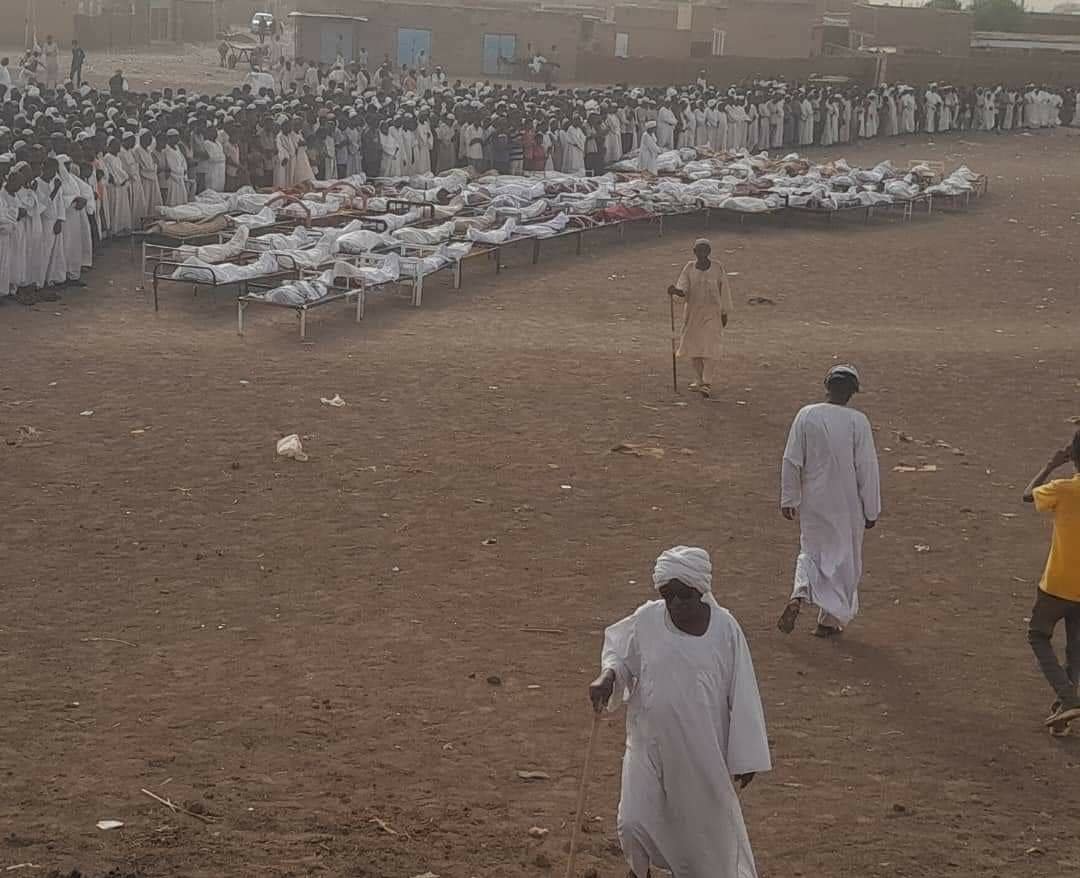




Leave a Reply